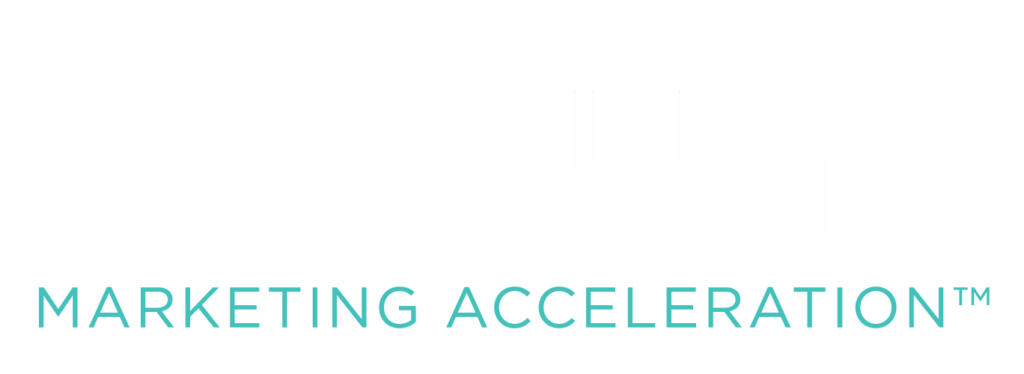By Rich Glew
Launching a new software solution is neither easy nor quick. Compared to other products, a successful SaaS launch requires close collaboration between product development and product marketing and a longer lead time to prepare for the launch date. The product development team is often busy developing features to address customer needs, which may not have been validated with customers. Engineers also tend to focus on the technical capabilities of the software, while spending less time describing the benefits to customers.
To overcome these challenges, the marketing team must gain a deep understanding of the software, the features that the engineering team has developed, and why. Marketers then must clearly communicate these capabilities and give practical examples that will resonate with customers. There are several key differences between SaaS launches and traditional product launches to point out.
First, the product marketing team has to understand IT buyers and influencers, including the impact of the product on their applications and data ecosystem, how the solution can enhance or complement their existing technology infrastructure, and the level of effort required to integrate the new software. To address this, product marketing teams should develop:
-
- a range of use case illustrations to show how the software solves day-to-day business problems,
- presentations at different levels of technical detail depending on the audience and stage of the selling process,
- and in-person and pre-recorded demo scenarios for showcasing the product in sales calls and on digital channels.
Second, the product marketing team needs to build relationships with tech analysts, such as Gartner, Everest, and Forrester, to ensure inclusion in key reports related to the tech category. As highly respected and influential figures in the tech industry, analyst opinions and recommendations carry a lot of weight with potential customers and investors and could give your solution a pre- or post-launch boost. Establishing relationships with analysts also helps you gain their trust and support, which helps build credibility for your company and your SaaS product.
Third, product marketing teams should leverage their best customer relationships, such as partnering with their “lighthouse customers” – beta test customers who agree to give feedback and tolerate the early hiccups in exchange for a lower price and more influence on the product roadmap – as references for the main launch. Additionally, creating customer advisory boards to provide input to the future product roadmap and user groups to get feedback on detailed product features can be beneficial.
Finally, product marketing teams must focus on value realization after the software is purchased. This involves continuing to promote the capabilities of the product to drive usage and having a strong launch plan in place for each major release to encourage the adoption of new innovative features. This is critical because if the software is not used or only a small subset of its capabilities is used, the chances of the customer not renewing their subscription increase dramatically. This is the dreaded “churn” that can be the death knell of a SaaS product. The SaaS model relies on cumulative subscriptions year-over-year, so hitting growth targets usually requires retention rates of over 90%.
Executing a SaaS launch requires a comprehensive approach that involves collaboration between the product development and product marketing teams, a deep understanding of the software, and a focus on building strong relationships with customers, tech analysts, and user groups. At Rebound, our experts can help you navigate each step of the SaaS launch cycle to ensure that your solution is presented as clearly and cleanly as possible.

